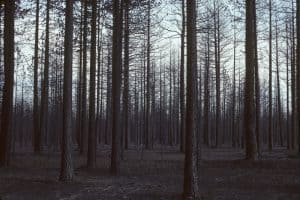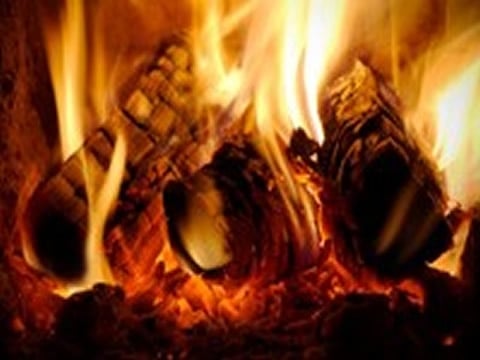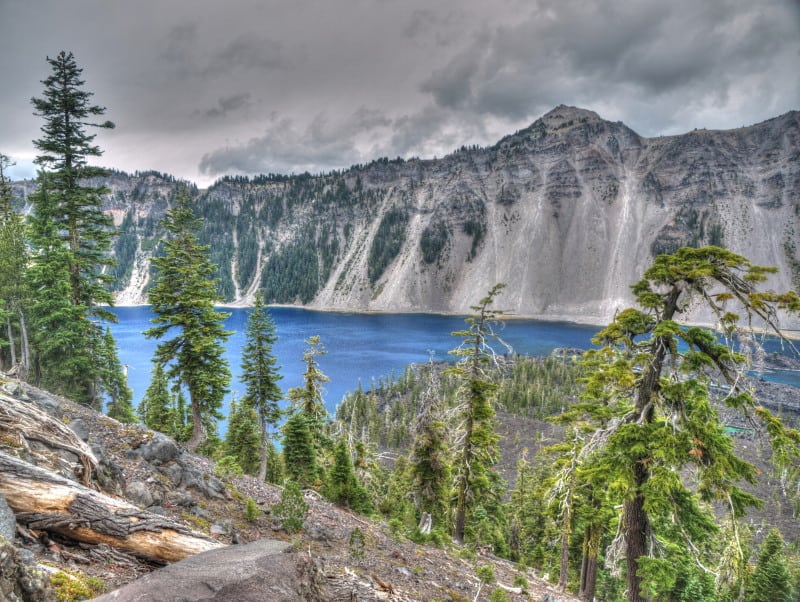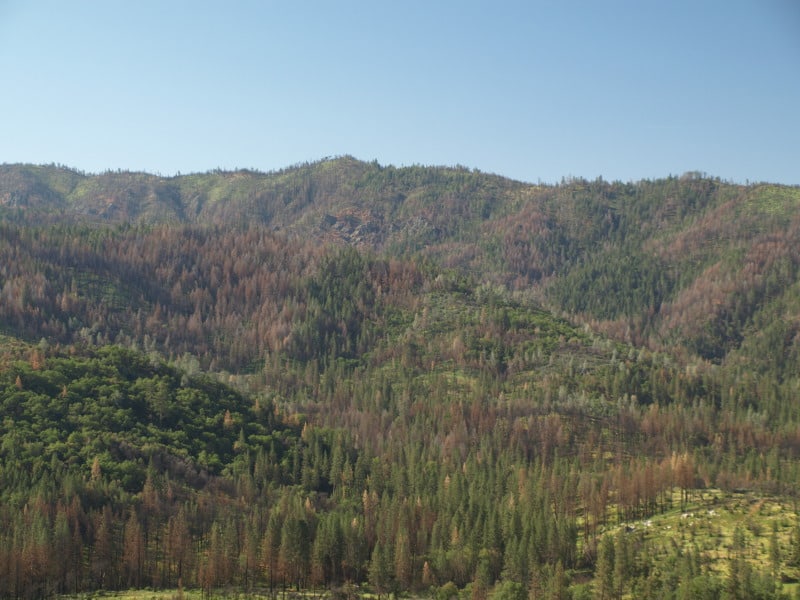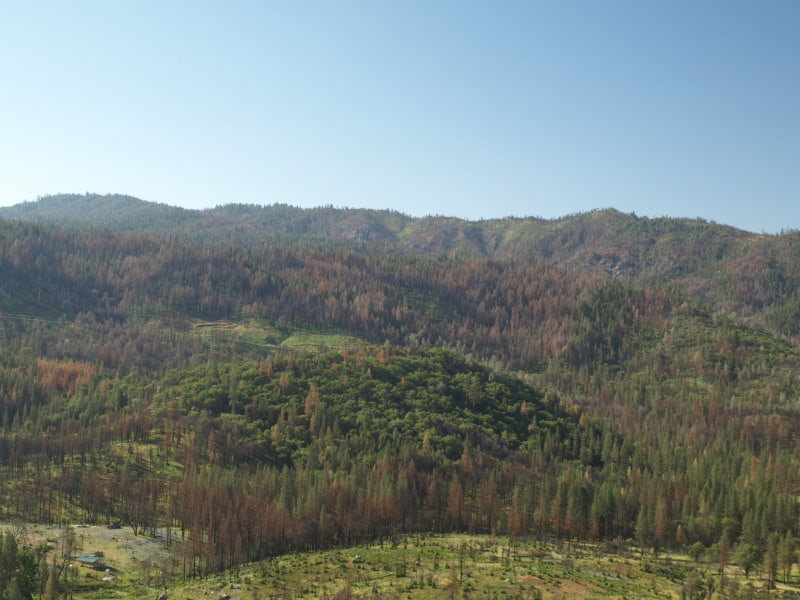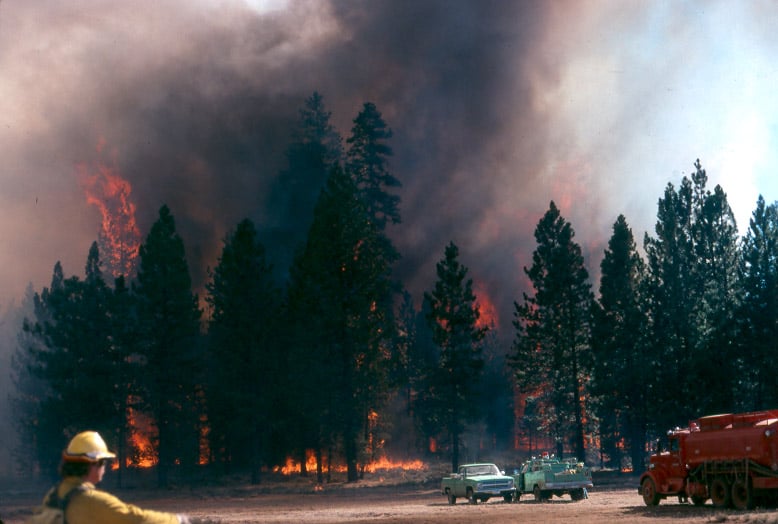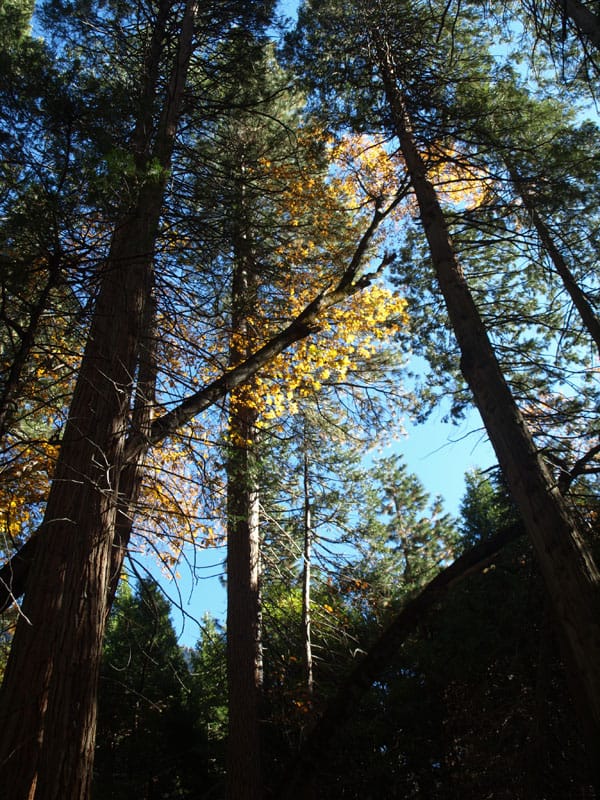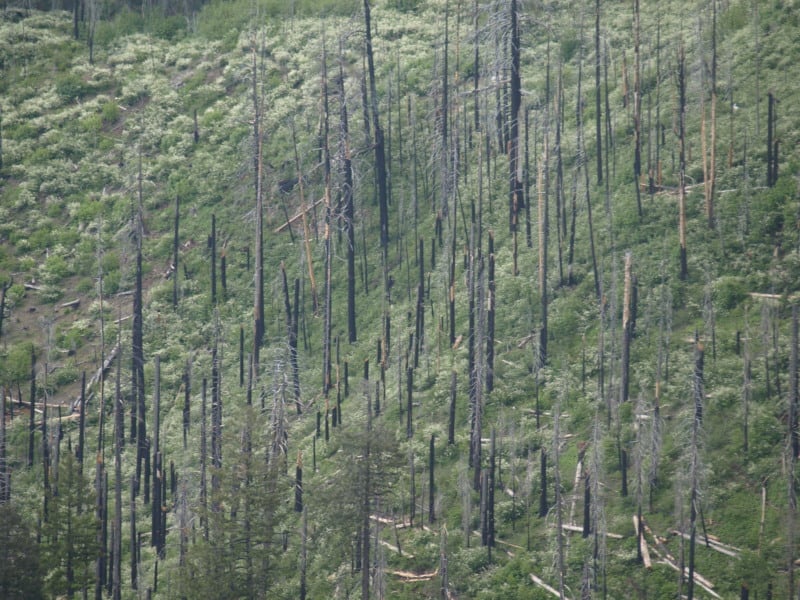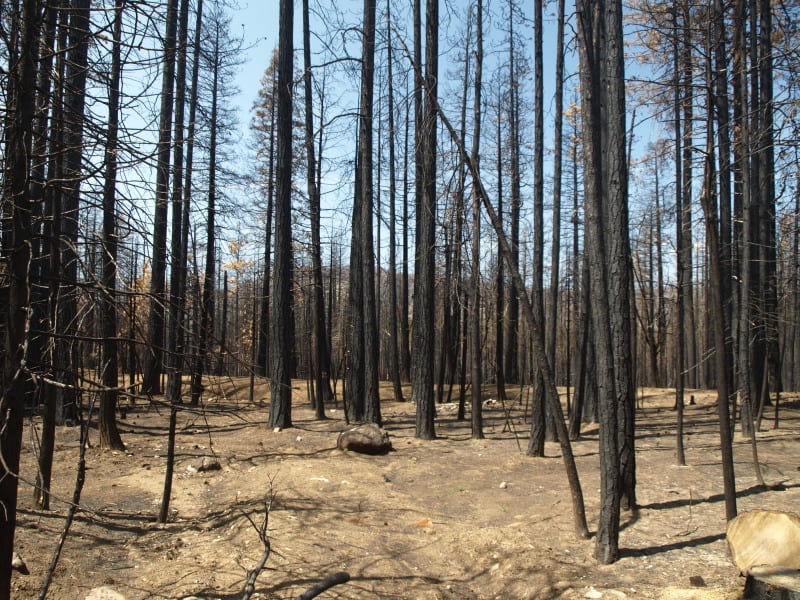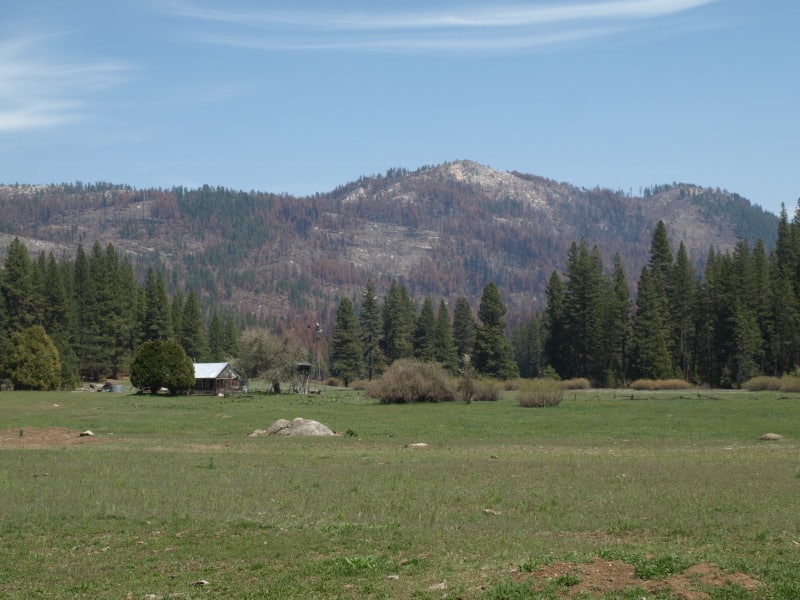The New Scientist article is mostly about pollution from wood burning in cities (London), but also speaks about indoor pollution.
Indoor smog
Press-Kristensen has been measuring that pollution inside homes in Copenhagen. In three out of seven tests done so far, he has found very high levels. In one home with a modern log-burning stove, he found particulate levels several times higher than the highest ever recorded outdoors there (see diagram, above).
So do the health impacts outweigh any climate benefits? Astonishingly, there might not be any climate benefits, at least in the short term.
Burning logs is often touted as being carbon-neutral. The idea is that trees soak up as much carbon dioxide when growing as they release when burned.
In fact, numerous studies show that wood burning is not carbon-neutral, and can sometimes be worse than burning coal. There are emissions from transport and processing. Logs are often pre-dried in kilns, for instance.
Burning wood also emits black carbon – soot – that warms the atmosphere during the short time it remains in the air. Most studies ignore this, but Mitchell and Forster calculate that over 20 years – the timescale that matters if we don’t want the world to go too far above 2°C of warming – soot cancels out half the carbon benefits of all wood burning.
For home wood burning, the figures are even worse. “On a 20-year timescale, wood stoves provide little or no benefit, but they do on the 100-year timescale as they remove some of the long-term warming effect of CO2 emissions,” says Forster.
Press-Kristensen’s calculations show much the same thing. And both sets of findings almost certainly underestimate the problem, because they assume wood burning is carbon-neutral.
Defenders of wood stoves point out that there is a lot of uncertainty about how much black carbon is emitted when wood is burned and how large its effect is. Patricia Thornley of the University of Manchester, UK, thinks we need more real-world measurements before coming to conclusions.
But the uncertainties cut both ways. For instance, the effects of black carbon can be amplified if it is deposited on snow and melts it, exposing dark land that absorbs more heat. It’s possible soot from wood burning is contributing to the fall in spring snow cover in Europe, but it’s very hard to study.
More research is needed to pin down the precise climatic effects of wood burning, which can vary hugely depending on factors such as the source of wood and where the pollution goes. What is clear, however, is that burning logs in homes in towns and cities is not the best use of the wood we have.
It produces more pollution than wood-burning power plants that can be fitted with expensive filters, it produces that harmful pollution where lots of people live, and it has the least climate benefits, if any. “If we are going to burn biomass to meet climate targets, then we ought to do it in big, remote power stations,” says Martin Williams of King’s College London, who is studying the health impacts of the ways the UK could meet its climate targets.
Most researchers say it isn’t their role to make policy recommendations, but it would be best if cities like London discourage private wood burning before it becomes an even bigger health problem. At the moment, all the focus is on diesel vehicles.
Press-Kristensen doubts governments will ban wood-burning; France recently backtracked on a proposed ban on open fires, for example. Instead, he proposes installing heat sensors in chimneys and taxing people when they burn wood, with the level of tax depending on how polluting the appliance is.
Most importantly, governments must not ignore health impacts when deciding climate policies, says Press-Kristensen. “I like fires, but I have to say they are as polluting as hell,” he says.
Thinking of getting a wood-burner?
Wood-burning stoves are touted as an eco-friendly way to heat your house cheaply. But tests now show that even new, properly installed stoves can produce dangerous levels of outdoor and indoor pollution (see main story). What other options are there?
Consider instead
Stick with gas or oil for heating, and spend your money on insulation. Get a heat pump if you can afford it
Fake it
You can get the same cosy feeling from a log-effect electric or gas fireplace, the best of which are hard to distinguish from the real thing
Already have a wood-burner?
Here’s how to minimise its effects:
Don’t burn scrap wood
Scrap wood or painted wood can release highly toxic substances such as arsenic when burned
Burn wood that’s just right
Burning dry wood with a moisture content of about 20 per cent minimises pollution. But if wood is wetter or drier than that, pollution increases
The italics are mine, since these folks are arguing for big filtered biomass plants instead. Also note that the better health and climate choices promoted here are natural gas- yes, natural gas, which we discussed in the previous post. Most of us probably get our wood from not too far away, so the climate impacts of our wood include driving our truck there and using our chainsaw, and possibly increased food and alcohol consumption to replace the personal energy used. Most of us probably live in rural areas, so are not contributing to city pollution. But the indoor pollution observations are interesting and potentially scary. For those who are interested, this EPA site called Burnwise looks like it has just about as much information as anyone could want. Including this Q&A:
I’d be interested in any experts out there who could related our EPA wood stove air quality standards to the European ones.
